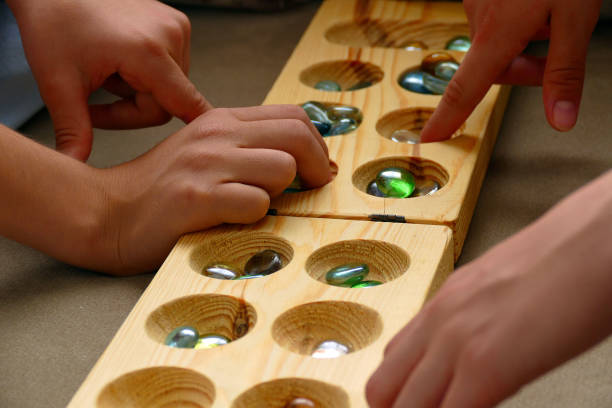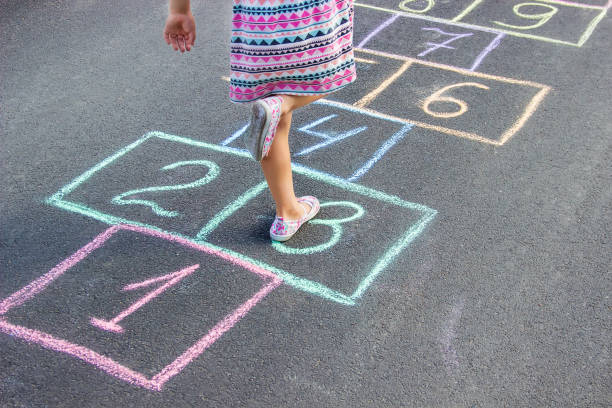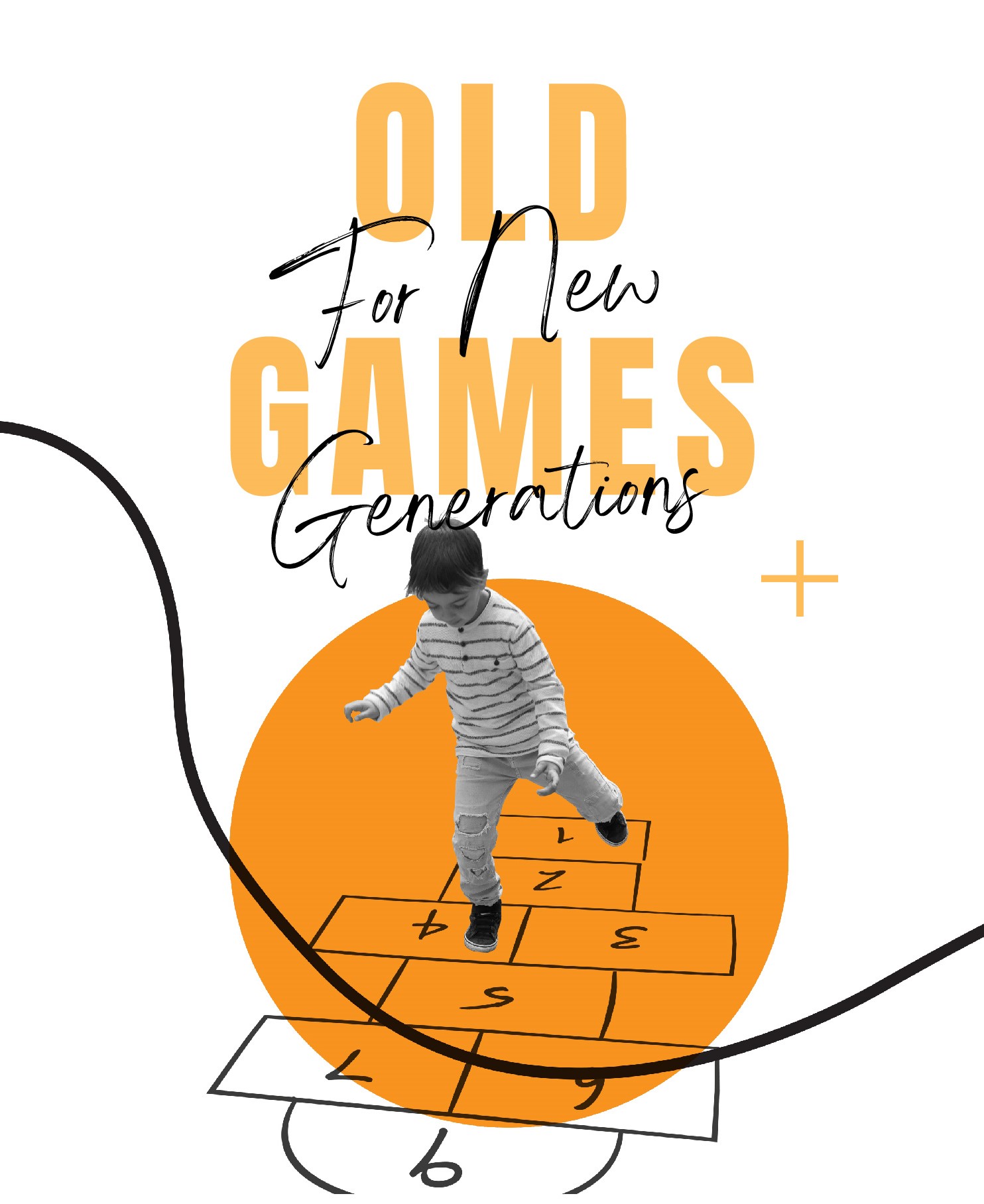Games are activities that have rules, and played individually or as a team. Game is an activity that plays an important role in the development of children. The child finds a way to play and socialize in any area, on his own or with his friends. He takes responsibility with the games he plays and learns the social rules. It gains control through the game in terms of thoughts, emotions and relationships. The game is the most natural and healthiest method of communicating with children and sharing its world. Games and sports are all together with their similarities and differences, and they are an important tool in the reflection of culture.
A game is a local, active, recreational activity that requires physical skill, strategy or luck, or has a combination of all three and rules accepted by all participants. A game is a structured or semi-structured activity that is usually done for pleasure. The main components of the games, including sports, are goals, rules, challenges and interaction. Games include mental or physical stimulation and usually both. Many games help develop practical skills, serve as a form of exercise, or perform an educational, social, simulated, or psychological function.
Traditional games have been passed from one generation to the next, and their origins date back centuries. However, modern games generally include digital games and relatively new games. With the developing technology, young people started to prefer electronic sports organizations. However, the time spent at the computer for these games that cause sedentary life can prevent socialization. Therefore, we think it is important to add a few traditional games to the game times to counteract these ‘negative’ effects and better optimize the advantages of spending time playing games.
Reasons to start playing traditional games and sports:
1. Reminds us of our roots.
Traditional games and sports are often linked to the country’s culture and language. For this reason, it indirectly infuses the moral and cultural values, which are considered important by the tradition of establishment, and transmits this legacy to those who play them. This happens in the form of behavior encouraged by games and sports (mentality or actions that make it best to win) or even songs sung when playing (mostly folk stories or historical stories).
2. Improves social relationships.
Some traditional games and sports require interaction as a group. This type of social interaction provides great benefits to its development by teaching children and youth when they expect to play in turn and achieve success through teamwork. While playing with others, the child develops this ability as they get used to choosing emotional cues from their friends’ body language and learn to react accordingly. Children also learn to manage their own feelings better because they can easily witness the effects of their actions on the game circle.
3. Improves physical health.
Many modern games and sports are very sedentary. Unlike traditional games and sports, it usually contains significant physical activity (eg Kabaddi and Ghilli). Even traditional board games seem to have physical benefits.
4. Helps to use and improve the mother language.
Traditional games tend to use the language of their country. This can be in the form of playing songs or even in technical terms used during the game. In both cases, children use these games in their mother language when they play, which can assist in the use and/or development of this language. Traditional games and sports can be considered as timeless events that appeal to all age groups.





